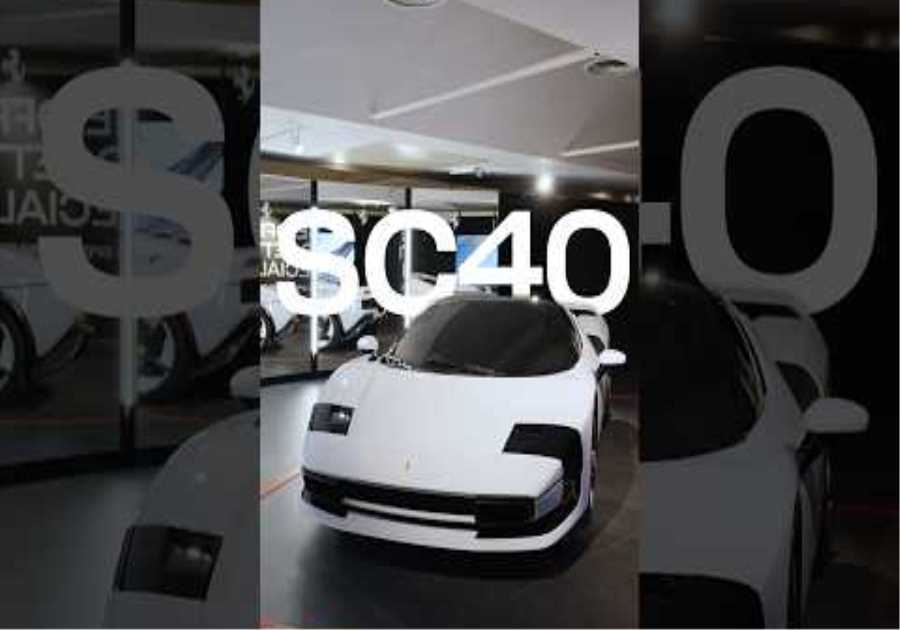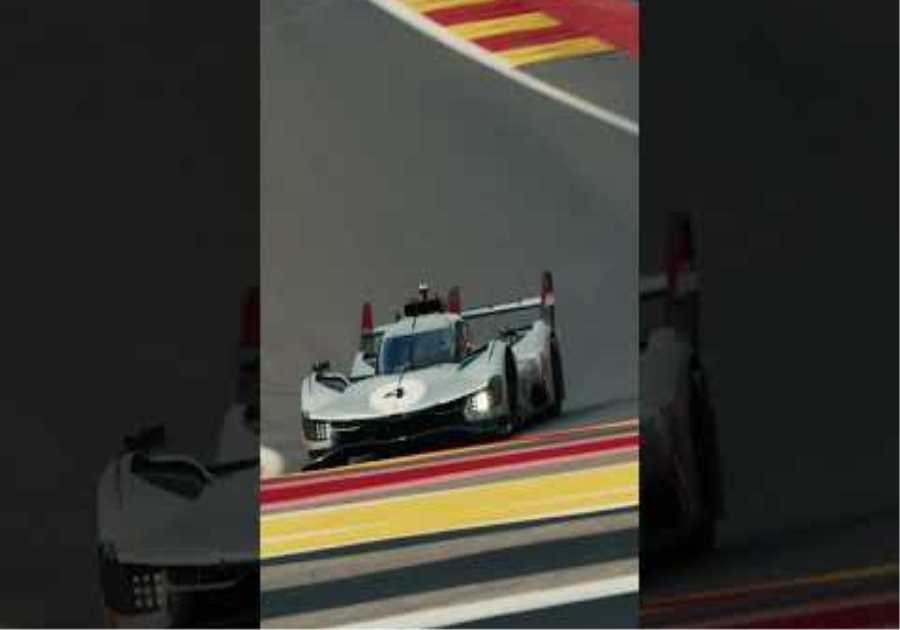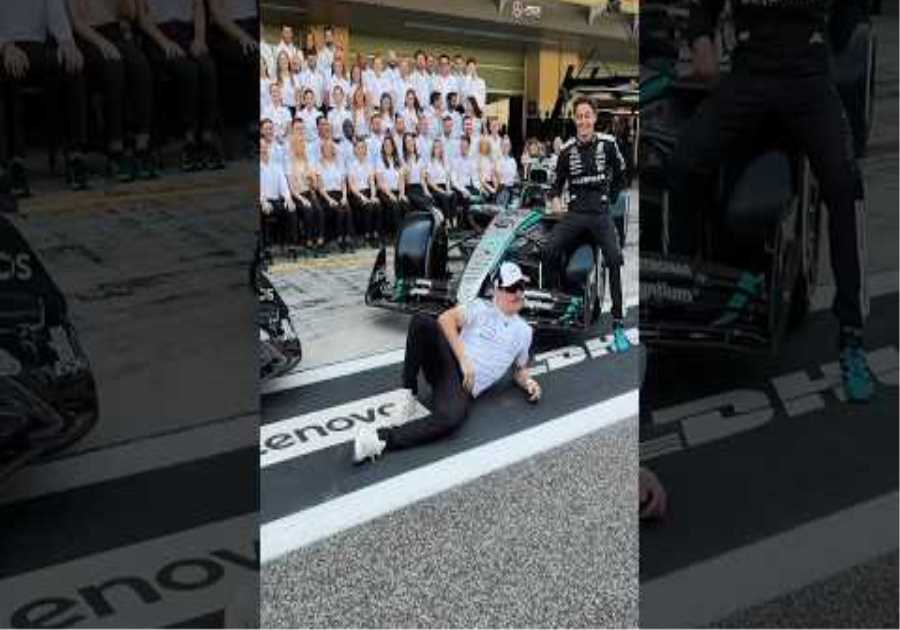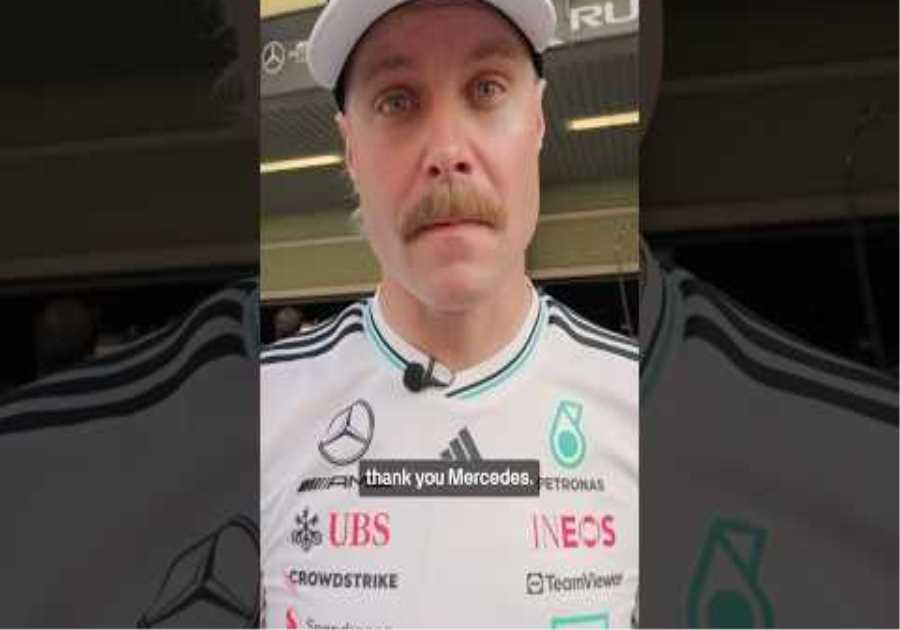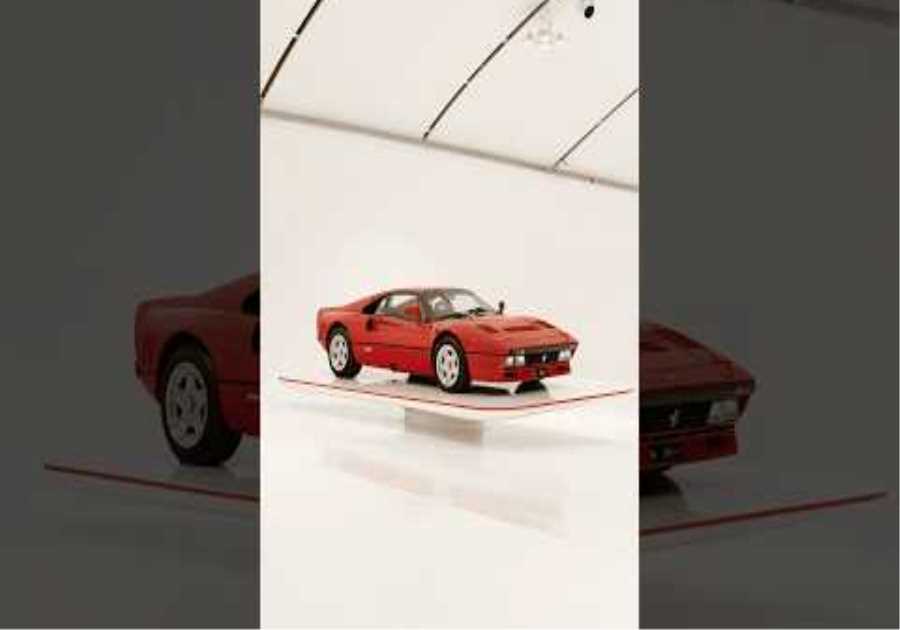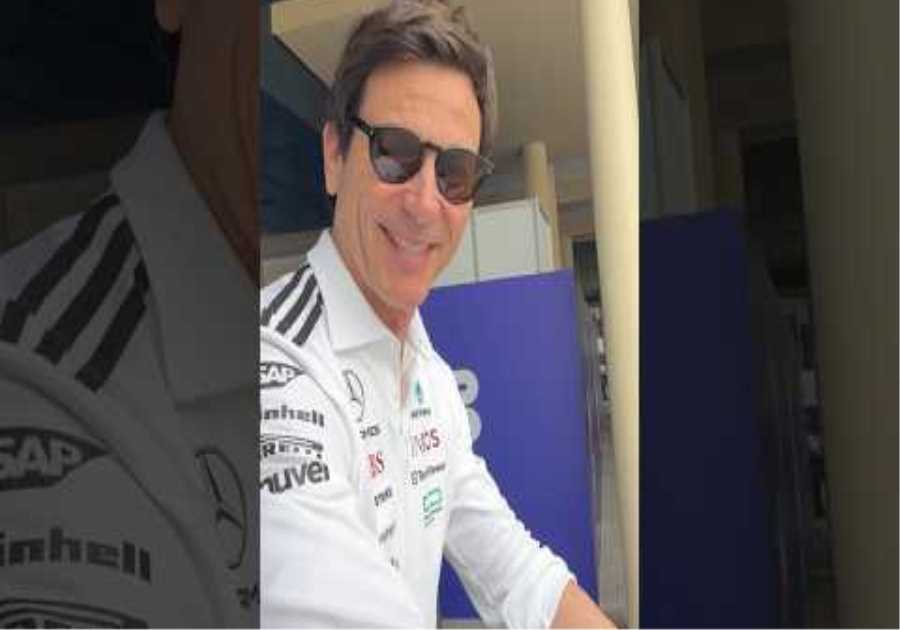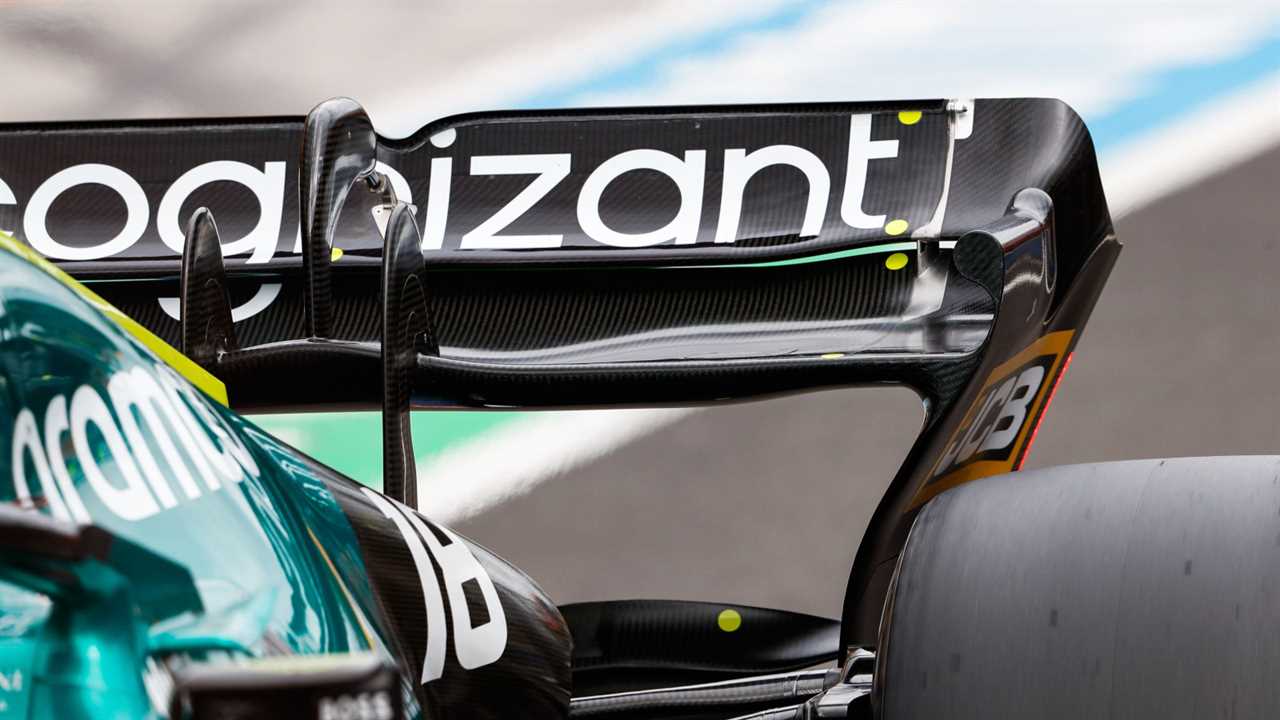
Aston Martin’s “game-changing” rear wing will be banned as of next season, F1 chief technical officer Pat Symonds citing the potential for it to push the cars “in the wrong direction”.
This year Formula 1 welcomed a new era of technical regulations, the cars designed around ground effect aerodynamics and with simpler wings aimed at creating clean air flow off the cars.
And then came the Aston Martin rear wing, completely legal under the FIA’s own regulations but not quite in the spirit of them.
Introduced at the Hungarian Grand Prix, the wing resembled last season’s rear wing more closely than the the 2022 iterations.
Billed as a “game-changer” by Sky Sports’ pit lane reporter Ted Kravitz, he explained: “It catches more air. It stops the spill over of air from that rear wing main plate out to be lost or not worked by the rear wing to do any kind of downforce generation that we’ve seen on every other cars.
“[It’s] stopped the outwash, stopped the spill over and to regain a lot of the downforce they’ve lost since last year’s rear wing.”
Although rival teams raised their eyebrows, Aston Martin confirmed to PlanetF1 that “the FIA has confirmed in writing that our update was generated as a result of legitimate independent work in accordance with the Technical Regulations.”
But it won’t be next season, Symonds revealing the FIA had changed the regulations in order to ban it.
Declaring that in general he is happy with this year’s regulations and how they panned out, he added as per GPFans: “There are a few little tweaks, we saw that unusual rear wing on the Aston Martin earlier in the year and the regulations have been tweaked to not allow that next year because it had the potential to go in the wrong direction.
“But overall, I’m pretty pleased.”
Aston Martin responds to the ban
Aston Martin’s performance director Tom McCullough was magnanimous in the face of the FIA’s ban despite losing what he felt was a clear “advantage” created by the wing.
Conceding he understands why the FIA had made their decision, the Briton was nonetheless proud of his team for coming up with something novel when the FIA had done everything they could to eradicate gray areas in the rules.
“I think what was nice this year is the fact that we came up with something novel or new, which was a very difficult interpretation of the rules that added performance to our car,” he told the media including PlanetF1.
“It was a part that people couldn’t just copy quickly because of how complicated it was to get around several different regulations.
“So in a way, we’ve sort of had that advantage this year, because by the time we brought it to Budapest, it was quite late for people to react to understand, and from a cost cap they’d already made their high down force wings.
“So for me, I was really happy. There were a lot of people involved in that project for a long time, many months in the to-ing and fro-ing between the FIA, and for it to actually come to the track and really deliver.
“Yes I understand and our job is always to make the most of the regulations if they change, it’s up to use to used to adapt to that really so I was really happy for the guys involved.”
Asked if it had been a good step, he replied: “Yeah, it was for us, it was quite an efficient on the rear wing polar. So we’ve therefore use our wing a lot in the second half of the season.”
Wing rules aren’t the only changes, floor regs also tweaked
With porpoising having dominated the early part of this year’s championship, the bouncing a consequence of using ground effect aerodynamics, the FIA are also tweaking the floor regulations ahead of next season.
After much debate it was agreed to raise the floor edges by 15mm, the FIA having pushed for 25 and the teams, aside from Mercedes, for 10.
The height of the diffuser throat has also been increased, motorsport’s governing body hoping those changes will combat increased porpoising if the teams are able to find more downforce over the winter.
“There are some small changes to the floor next year,” Symonds added, “not to try to eliminate but to reduce the amount of bouncing we are getting on the cars.”
That, though, is where the changes will stop.
“We have really got to consolidate now,” concluded the former Renault man. “It would be wrong to do a lot of changes.”
Read more: From Lewis Hamilton to Pierre Gasly: Five drivers glad the 2022 F1 season is over

